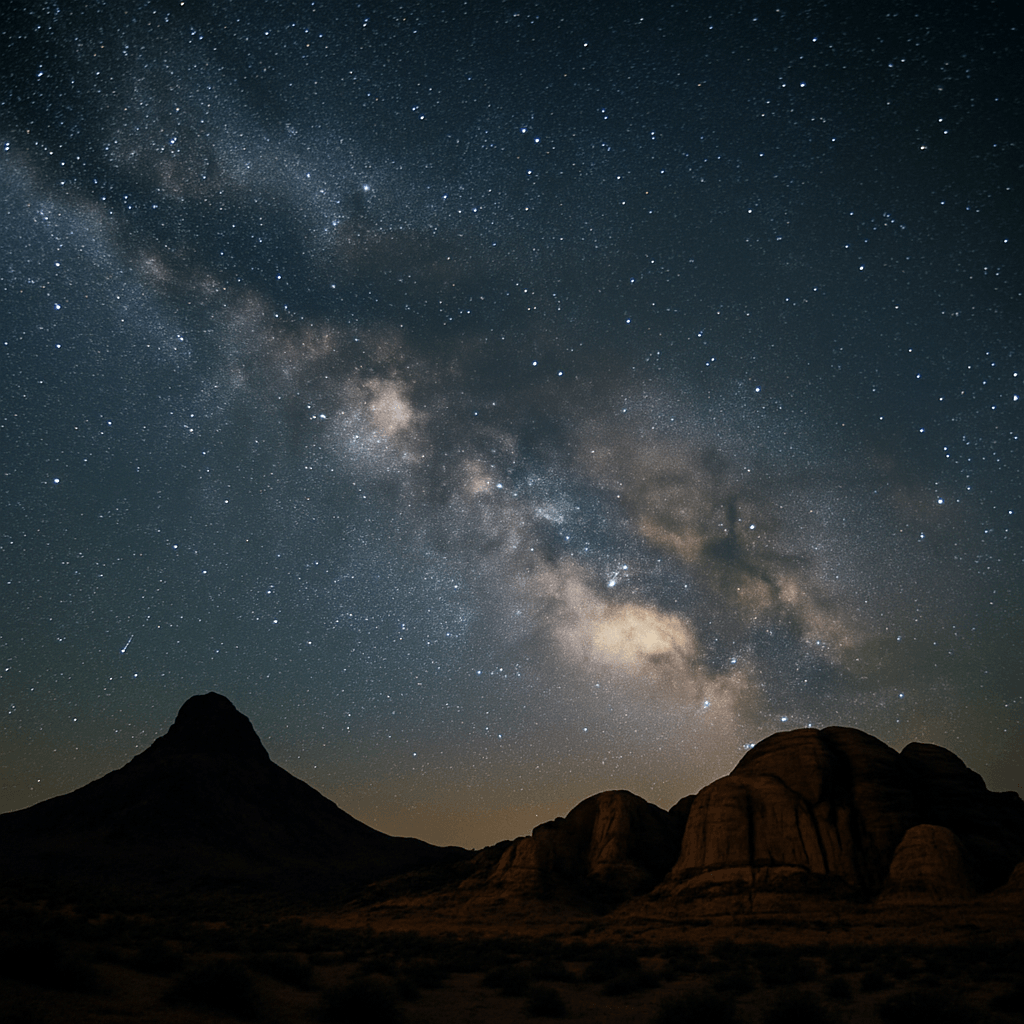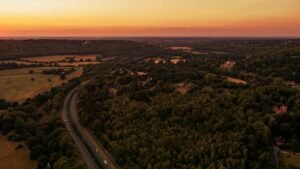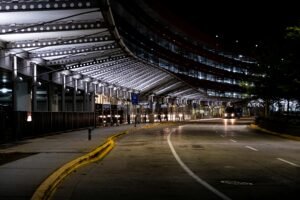In a world overwhelmed by city lights and constant digital noise, stargazing has quietly become a rare and treasured experience. But in 2025, that’s changing. More Americans are turning to astro-tourism destinations that offer peace, perspective, and a deeper connection to nature.
At the heart of this movement are the best dark-sky parks in the USA — carefully protected areas recognized by the International Dark Sky Association for their exceptionally low levels of light pollution. These parks aren’t just remote—they’re designed for wonder.
Imagine standing under a velvet-black sky where the Milky Way feels close enough to touch, and constellations sprawl endlessly above you. No streetlights. No sirens. Just silence, stars, and a sense of something bigger.
If you’ve been longing for a trip that helps you unplug, breathe, and look up, this guide to the best dark-sky parks in the USA is exactly what you need. Whether you’re chasing Milky Way viewing spots or planning your first stargazing road trip, 2025 is the perfect time to rediscover the night sky.
Table of Contents
What Is a Dark-Sky Park?
Dark-sky parks are specially protected areas recognized by the International Dark Sky Association for their efforts to reduce artificial light pollution. These places are designed to preserve the natural night environment, making them ideal astro-tourism destinations for travelers who want to reconnect with the stars.
What makes these parks so special?
- They offer unobstructed views of the stars
- They maintain low or zero artificial light interference
- Many host educational night programs, stargazing events, and guided telescope tours
For anyone seeking the best dark-sky parks in the USA, these sites are unmatched. Whether you’re an expert in deep-sky astrophotography or simply want to experience the Milky Way viewing spots in all their glory, dark-sky parks deliver something truly extraordinary — a glimpse of the universe as it was meant to be seen.rfect.
Top 7 Best Dark-Sky Parks in the USA for 2025
Looking to escape the city lights and reconnect with the cosmos? These best dark-sky parks in the USA are certified by the International Dark Sky Association and offer the clearest views of the night sky. Whether you’re into astrophotography, meteor showers, or simply watching the Milky Way, these astro-tourism destinations are must-visits in 2025.
1. Big Bend National Park, Texas
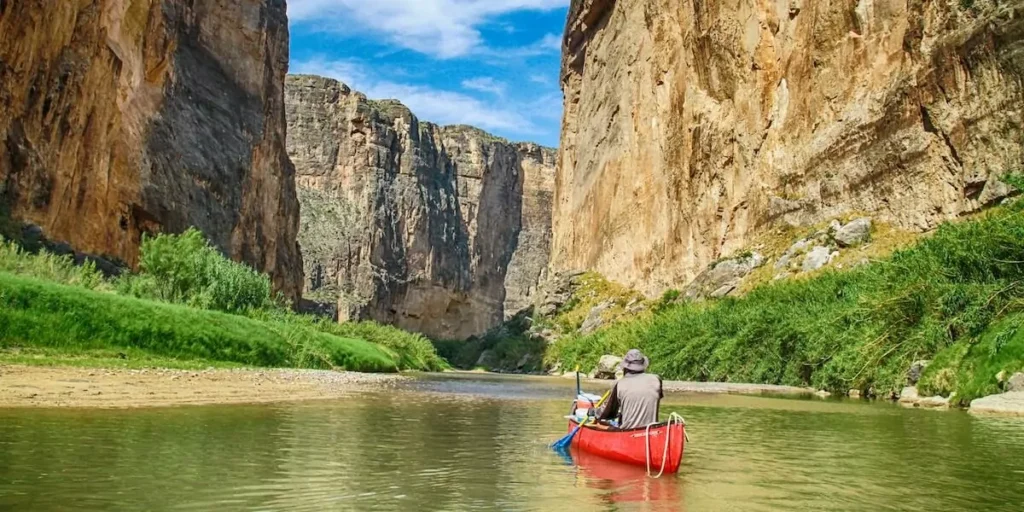
Tucked away in one of the most remote areas of southwest Texas, Big Bend is widely considered one of the best dark-sky parks in the USA. With its Gold-Tier Dark Sky certification, the park offers breathtaking views of the stars that few other places in the country can match.
Why It’s Special:
- One of the darkest skies in North America
- Ideal for solo travelers, campers, and stargazing beginners
- Frequent meteor showers and clear Milky Way viewing spots
Travel Tip: Aim for a visit during a new moon phase to catch the stars in their full glory.
2. Great Basin National Park, Nevada

Often overlooked, this park is a hidden treasure in eastern Nevada and one of the most underrated astro-tourism destinations. With almost zero light pollution, it’s perfect for immersive stargazing.
What You’ll Love:
- Night sky programs and astronomy festivals
- Lehman Caves telescope sessions
- Year-round clear skies and high elevation
Why Visit? It’s one of the few places in the U.S. where you can see the Milky Way clearly with the naked eye.
3. Cherry Springs State Park, Pennsylvania
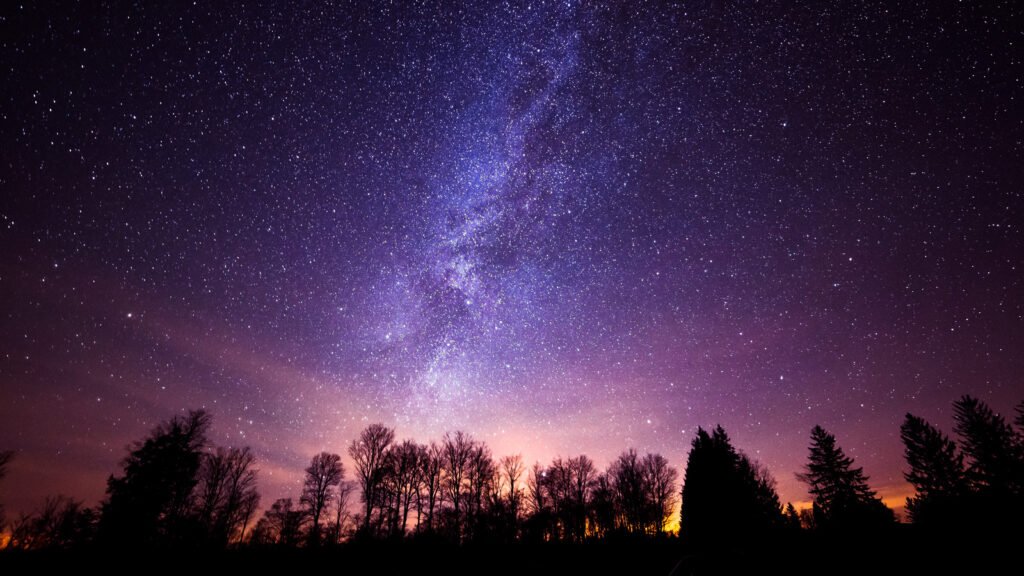
Known as the East Coast’s stargazing capital, Cherry Springs is an International Dark Sky Association-designated park and a top pick for amateur astronomers and astrophotographers alike.
What Makes It Stand Out:
- Dedicated overnight astro field for campers
- Minimal light pollution in the Northeast
- Excellent location for deep-sky object viewing
Tip: Bring a red-light flashlight to preserve your night vision while navigating the park.
4. Bryce Canyon National Park, Utah
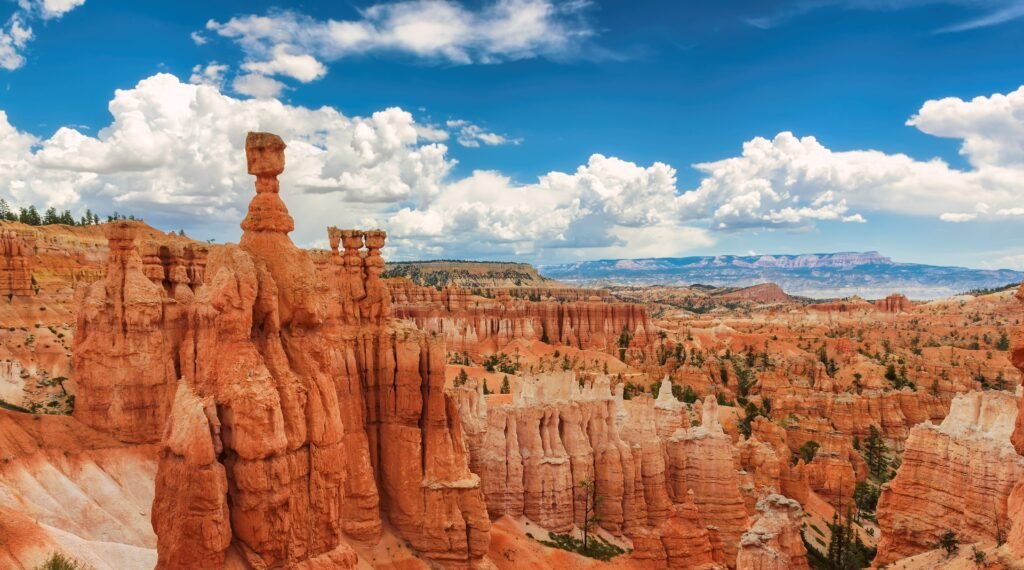
Bryce Canyon is known for its dramatic rock formations by day, but by night it transforms into a spectacular Milky Way viewing spot. The park’s elevation and dry air make for perfect astro-conditions.
Reasons to Visit:
- Hosts the annual Astronomy Festival
- Ranger-led stargazing programs with telescopes
- Scenic views at high elevation without city light interference
Bonus Tip: Combine this trip with visits to Zion and Capitol Reef for a dark-sky road trip across southern Utah.
5. Death Valley National Park, California

While it’s famous for its scorching summer temperatures, Death Valley is also a certified Gold Tier dark-sky park, offering some of the clearest night skies in the country—especially in winter.
What You’ll Experience:
- Huge, open skies ideal for watching meteor showers
- Winter stargazing means cool temperatures and crisp skies
- A top choice for solo astro-campers looking for silence and solitude
Did You Know? Death Valley is among the very few parks to achieve Gold-Tier status from the International Dark Sky Association.
6. Cosmic Campground, New Mexico
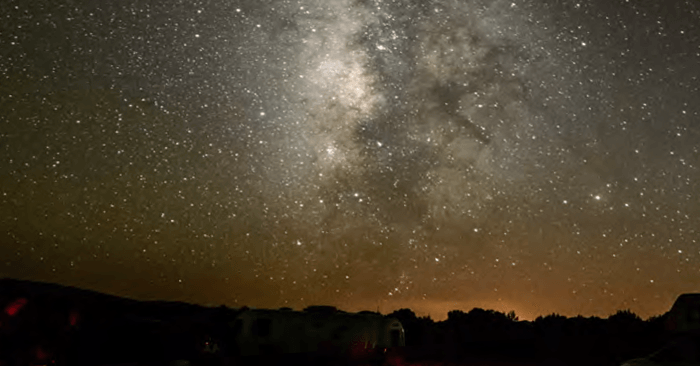
This off-grid gem is the first dark-sky sanctuary in the U.S., offering unmatched seclusion and unbeatable views — all free of charge.
Why It’s a Must-Visit:
- No nearby light sources for over 40 miles
- Incredible night sky clarity, especially during spring and fall
- Best suited for backcountry travelers and amateur astronomers
Pro Tip: Bring your own telescope and gear — it’s a true DIY stargazing haven.
7. Grand Canyon-Parashant National Monument, Arizona
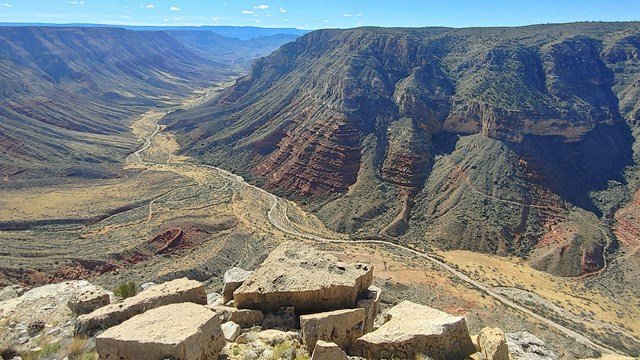
For those who want the Grand Canyon views without the crowds, this lesser-known monument offers some of the most remote and uninterrupted night skies in the USA.
What Sets It Apart:
- No visitor centers or artificial lights — just pure nature
- Stargazing here feels like stepping back in time
- Excellent location for astrophotography and time-lapse videos
Why It’s Underrated: This is one of the few dark-sky parks where you can enjoy complete solitude under the stars.
Tips for Planning Your 2025 Astro-Travel Trip
Planning a stargazing getaway to one of the best dark-sky parks in the USA isn’t like your typical vacation — and that’s a good thing. To make the most of your celestial experience, keep these expert tips in mind:
1. Time Your Visit with a New Moon
If you’re heading to one of these top astro-tourism destinations, avoid full moons — they can wash out the stars. The darkest skies happen during new moon phases, offering ideal conditions for seeing the Milky Way, constellations, and even satellites drifting by.
2. Download a Stargazing App Before You Go
Apps like SkyView, Star Walk, or Stellarium turn your phone into a pocket-sized observatory. They’re especially helpful in Milky Way viewing spots where the stars are so plentiful, you may need help identifying them all.
3. Leave the White Flashlight at Home
Regular white flashlights can ruin your night vision and affect others nearby. Instead, bring a red-light headlamp — it allows you to see while preserving the natural dark-sky environment. Many parks recognized by the International Dark Sky Association recommend or even require red lighting.
4. Pack for Cold Nights, Even in Summer
You might be in the desert, but don’t be fooled. Elevation and clear skies can cause temps to drop sharply after sunset. Dress in layers and pack insulated gear to stay warm while stargazing in remote areas.
5. Join Astronomy Festivals or Ranger Programs
Many of the best dark-sky parks in the USA host night sky festivals, telescope tours, and guided constellation talks. These events, often organized in collaboration with the International Dark Sky Association, are perfect for learning, meeting fellow sky-watchers, and making your trip unforgettable.
Best Times to Go Stargazing in 2025
Planning your trip around celestial events can elevate your experience at the best dark-sky parks in the USA. Whether you’re a beginner with binoculars or a seasoned astrophotographer, timing matters — and 2025 is packed with astro-tourism opportunities.
Below are the top stargazing dates to mark on your calendar, especially if you’re visiting Milky Way viewing spots or International Dark Sky Association–certified parks.
April 8, 2025 – Total Solar Eclipse
One of the most anticipated astro-tourism destinations this year, the total solar eclipse will sweep across parts of the United States, offering a once-in-a-lifetime sky show. Head to a certified dark-sky park within the path of totality for an unforgettable view.
Best Viewing Locations: Texas Hill Country, Arkansas, and southern Missouri — all within reach of some top-rated dark-sky parks.
August 12–13, 2025 – Peak of the Perseid Meteor Shower
This is one of the most popular nights of the year for stargazing in the best dark-sky parks in the USA. With clear summer skies and warm nights, the Perseids can deliver up to 100 meteors per hour under ideal conditions.
Best Parks to Watch: Cherry Springs State Park, Cosmic Campground, and Great Basin National Park — all known Milky Way viewing spots with minimal light pollution.
October 21, 2025 – Orionid Meteor Shower
The Orionids, which originate from Halley’s Comet, are visible from most dark-sky locations across the U.S. This is a great time to combine fall camping with night photography in astro-tourism destinations like Bryce Canyon or Grand Canyon–Parashant.
Viewing Tips: Find a spot well away from city lights. Let your eyes adjust to the dark for at least 20 minutes before looking up. Bring a reclining chair, warm clothes, and hot cocoa.
Final Stargazing Advice
If you’re serious about astro-travel in 2025, check moon phases and weather conditions in advance. The International Dark Sky Association also publishes a list of certified parks and events that can guide your planning.
Exploring the best dark-sky parks in the USA during these peak dates offers a unique blend of awe, science, and serenity — exactly what modern travelers are seeking in their quest for meaningful experiences.
What is a dark-sky park and why is it important?
A dark-sky park is a protected area certified by the International Dark Sky Association where light pollution is minimized to preserve natural night skies. These parks are important for astronomy, wildlife, and offering a rare opportunity to see the stars as they once appeared—unobstructed and vibrant.
What are the best dark-sky parks in the USA for stargazing?
Some of the best dark-sky parks in the USA include Big Bend National Park (Texas), Cherry Springs State Park (Pennsylvania), Great Basin National Park (Nevada), Bryce Canyon (Utah), and Death Valley (California). These parks offer ideal conditions for viewing the Milky Way, meteor showers, and constellations.
When is the best time to visit a dark-sky park?
The best time to visit a dark-sky park is during a new moon phase when the sky is darkest. For optimal stargazing, plan trips between late spring and early fall, and check the forecast for clear skies. Major meteor showers like the Perseids in August are also popular times to go.
What should I bring to a dark-sky park for stargazing?
Bring a red-light flashlight, star map or stargazing app, warm layers, a telescope or binoculars, snacks, water, and a comfortable blanket or reclining chair. Avoid using white lights, as they can interfere with night vision.
Are there any free or budget-friendly dark-sky parks in the U.S.?
Yes, places like Cosmic Campground in New Mexico offer free access to some of the darkest skies in the country. Several national and state parks also include dark-sky areas that are either free or low-cost with a day pass or camping reservation.
Final Thoughts: Why You Should Chase the Stars
In today’s world filled with screen time, constant alerts, and artificial lighting, it’s easy to forget that the night sky even exists. But when you step into one of the best dark-sky parks in the USA, the noise fades. You slow down. You look up. And suddenly, the universe feels vast, quiet, and beautifully alive.
These astro-tourism destinations offer more than just a scenic trip — they offer perspective. Whether you’re chasing Milky Way viewing spots through Utah’s red rocks or lying under the stars in a remote New Mexico campground, you’re doing something rare: reconnecting with the natural rhythms of the universe.
Protected by organizations like the International Dark Sky Association, these parks preserve more than scenery — they preserve wonder. And in 2025, we need wonder more than ever.
If you’re ready to trade crowded cities for cosmic silence, plan your next escape under the stars. You can even combine it with scenic drives — check out our guide to the Best Road Trip Routes for Summer 2025 to get started.
Traveling during weather uncertainty? Stay prepared by reading about Tropical Storm Travel Delays in 2025. Or, if your flight plans get disrupted, learn about United Airlines discontinuing Landline bus service in 2025.
No matter your route, let 2025 be the year you follow the stars — not your phone.
Your next great adventure doesn’t need bright lights. Just a clear sky.
